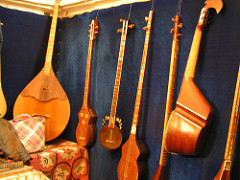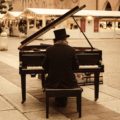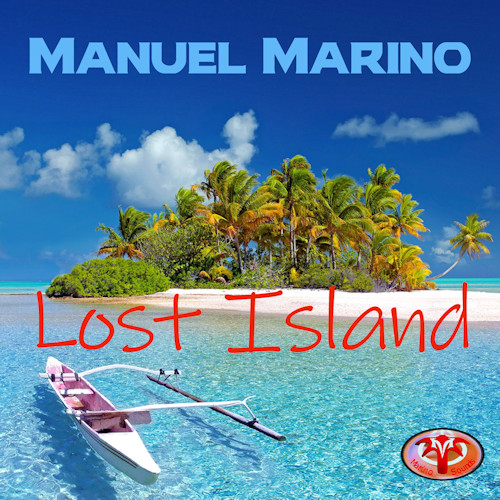Music has always been a significant part of our daily lives, especially during the Medieval era. It served as the primary form of entertainment in various regions. The performers of that time, known as minstrels, waits, or troubadours, were the ones who played medieval instruments during city gatherings and parties. These events were often marked by the singing of popular ballads, which alleviated the boredom experienced by many at the time. It is said that religion greatly benefited from the advantages that music provided, particularly during the Middle Ages.
During the Medieval period, there were various types of musical instruments. These instruments can be divided into three main groups: wind instruments, stringed instruments, and percussion instruments. Stringed instruments are those that can be played with a bow or plucked. Percussion instruments include various types of bells and drums. Wind instruments, such as the trumpet or bagpipe, are played by blowing air into them. Many of our modern musical instruments have their origins in instruments from this period.
Some examples of stringed instruments include the lute, harp, and fiddle. The lute has a pear-shaped body, a curved neck, and frets on the fingerboard. The harp is one of the most popular and widely used instruments in this category. It was commonly played by troubadours and minstrels and has a size of approximately thirty inches. The fiddle Play the Violin - A Whole Novice's Guide - The violin, also known as a fiddle, is a bowed string instrument. It has four strings that are tuned in perfect fifths. The violin is the smallest and highest pitched member of the string instrument family, which also includes violas and cellos. Although playing the violin can be quite challenging, when mastered, it produces a… is another well-known instrument that was often played during street performances. Its portability made it convenient to carry around, and it can be played with a bow or plucked.
Among the wind instruments are the pipe, flute, and trumpet. The flute, similar to the flutes we have today, was played by minstrels during the medieval era. Trumpets were used for fanfares and pageants and are described as long and made of metal. The pipe is a significant instrument in terms of medieval instruments, mainly due to its three openings that produce different melodies.
Percussion instruments include the drum, triangle, and tambourine. The drum is sometimes referred to as a tambour and can be made of clay, metal, or animal skins stretched over a hollow body. The triangle originated in the 19th century. The tambourine is a musical instrument commonly played by women.
The instruments mentioned here represent just a few examples from each category of medieval instruments. There are many other types that have not been mentioned. Exploring this topic further can provide a deeper understanding, and online resources can be helpful in learning more about it.
Manuel Marino is a seasoned Senior Producer, Music Composer, and Artist with over a decade of experience. He specializes in branded entertainment across various mediums, including video games, films, and advertising campaigns. With 20+ years as a game music composer, Manuel has worked on numerous platforms, creating diverse orchestral soundtracks. HIRE ME
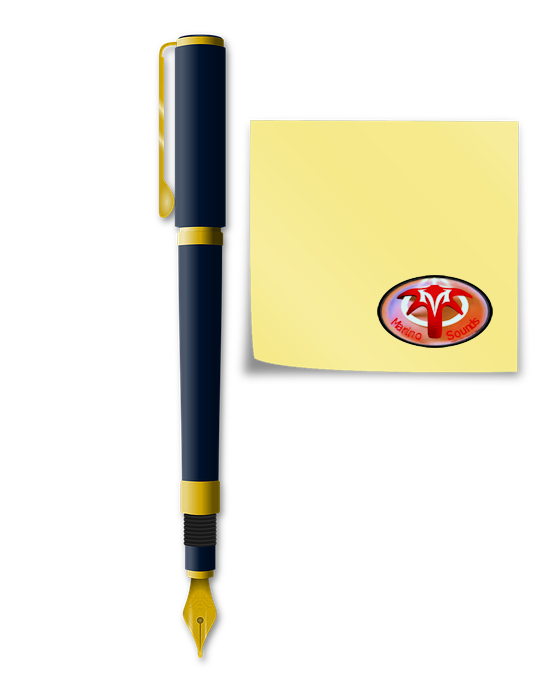

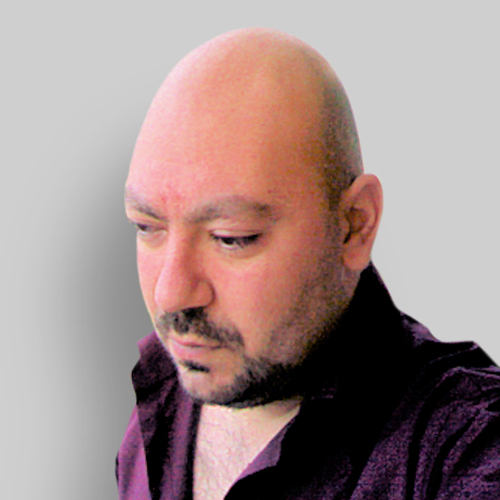 Manuel is a passionate, driven, and techsavvy AV technician,
Manuel is a passionate, driven, and techsavvy AV technician, 